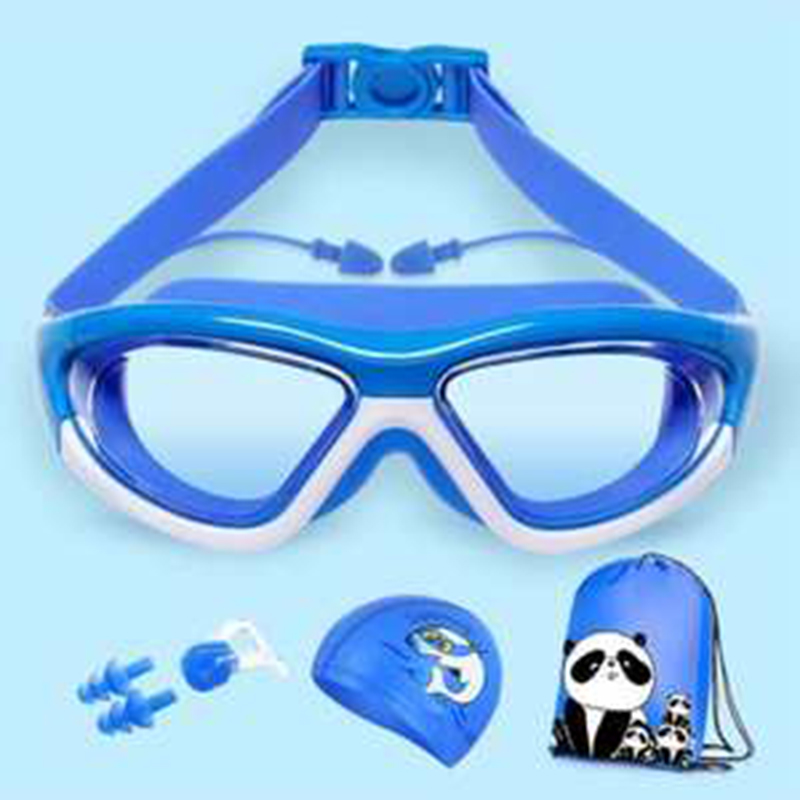What is the Difference Between SWIMMING Goggles and DIVING goggles?
The difference between swimming goggles and diving goggles, and the structure, principle, application scope and method of swimming goggles and diving goggles are different.
1. The diving goggle has a device to seal the nostril ventilation.
2. The sealing layout of diving goggles is huge, which can ensure air tightness and water tightness.
3. Differences in the scope of use and cover parts: diving goggles can be used underwater and on water, while swimming goggles can only be used on water; Diving Goggles cover the eyes and nose, and ensure air tightness, while swimming goggles only protect the eyes from water, and the water tightness grade is low;
4. Differences in use Essentials: diving goggles are generally used together with breathing tubes, scuba, etc. during use, it is generally required to breathe gas through the mouth. Nostril breathing is only used in special environments such as the need to remove the water from the diving goggles and roughly balance the pressure in the surface of the diving goggles. Swimming goggles have no requirements in this regard.
Therefore, swimming goggles can not be used as diving goggles, but diving for 5 meters and 10 meters is no problem. If you go to play on the island and enjoy the underwater scenery, you must have diving goggles. In general, swimming goggles and diving goggles cannot replace each other.


How to choose swimming goggles and diving goggles
1. Selection of swimming goggles
It's best to try to buy swimming goggles in person. In addition to seeing whether you are short-sighted, you should also see whether the rubber ring around the swimming goggle frame has cracks and whether the elastic force of the belt of swimming goggles is too loose and tight. If it is medium and high-grade, there will be nose buttons to adjust the size for you. It is recommended to buy civilian swimming goggles, because the civilian frame has rubber rings, which is more suitable for people who usually wear less swimming goggles.
2. Selection of diving goggles
a. Mirror style: single window, double window. Single window mirror with maximum field of view; Double window mirror, you can replace the myopia lens, and the left and right degrees are different. There used to be face mirrors with multiple windows, but they are not popular at present, and the lumen space is too large.
b. Lumen space: the larger the lumen, the more limited the field of vision. Pay attention to the lumen volume on the manual or try it on, and feel whether the lens is closer to the face.
c. Whether it is suitable for your face: try on the previously selected face mirror, tilt your face 45 degrees, wrap the face mirror belt to the front, buckle the face mirror on your face, hold your breath (you can't breathe out from your nose), return your face to its original position, shake it left and right, and see if the face mirror is firmly absorbed and won't fall off. If so, it means that the mirror fits your face very well.
Note: snorkeling goggles and diving goggles are different. The lens of the diving surface mirror has been hydraulically tested and can withstand the pressure of 50m water depth, while the snorkeling surface mirror generally only bears the pressure of 10m water depth. The edges of the diving goggles are made of silica gel, while some snorkeling goggles may be made of rubber or the composition of silica gel is faulty. Smell the smell in the mirror. Silica gel should be tasteless. If the smell is pungent, it means that the material is wrong. The slight smell may only be the taste of talc powder on silica gel, and should not be pungent. Please pay attention to the difference.








 Whatsapp
Whatsapp